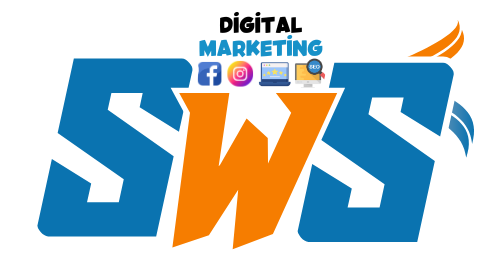Top 10 Computer Languages Shaping the Future
Introduction: The Evolving Landscape of Programming Languages In today’s fast-paced technological environment, the choice of a programming language can serve as a cornerstone for career growth and the success of a project. Over the years,Top 10 Computer Languages Shaping the Future

